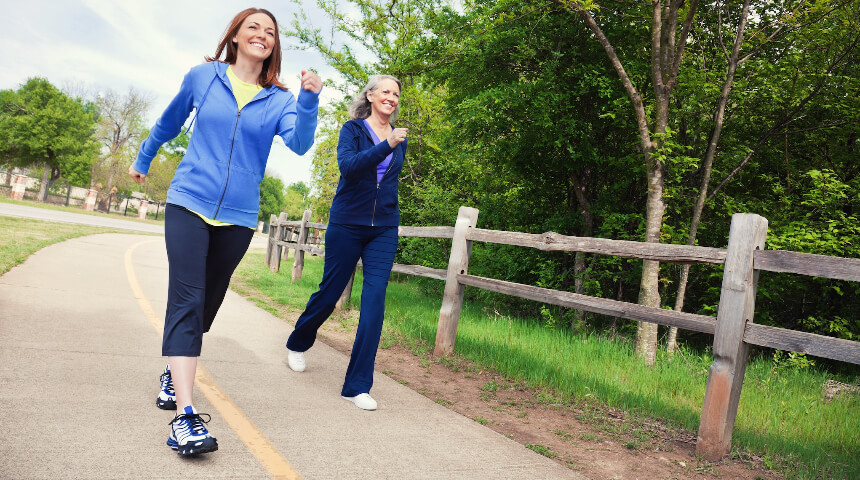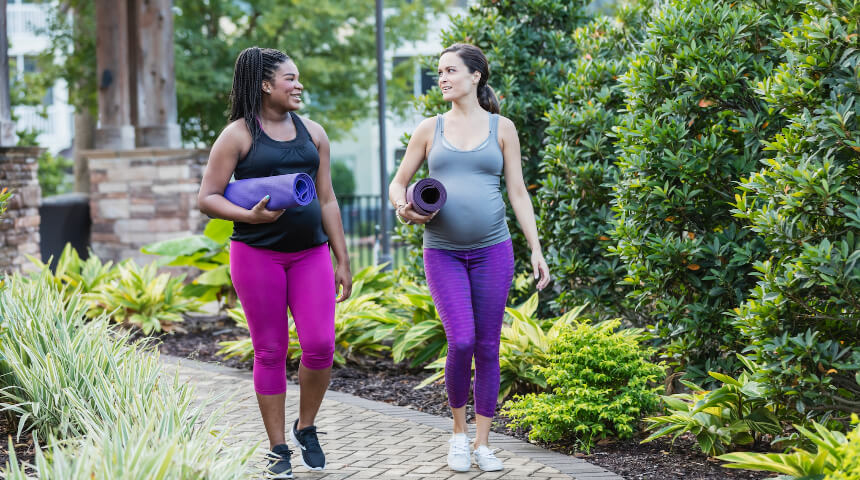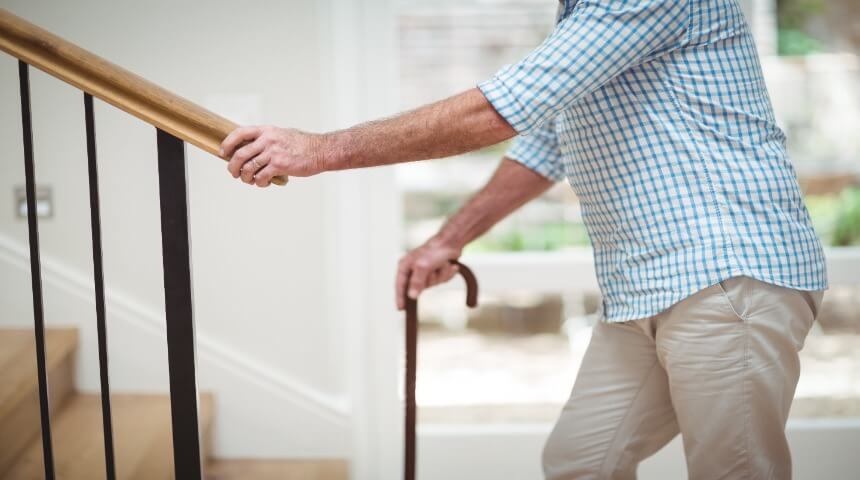Balancing Act
When we think of exercise, we tend to think of sweating on the treadmill or doing that third set of bicep curls.
When we think of exercise, we tend to think of sweating on the treadmill or doing that third set of bicep curls.
While aerobic, strength and flexibility exercises are important components of a healthy workout routine, balance exercise also is key to staying healthy and fit, says Ryan Coleman, a certified strength and conditioning specialist with the Orlando Health National Training Center on the campus of Orlando Health South Lake Hospital.
“Adding in balance movements will help align your muscular system, which is great for stability and can help prevent future injuries,” says Coleman.
The Benefits of Balance
Having a strong sense of balance contributes to your overall health and fitness in several ways:
- Good balance helps maintain good posture. Especially as we grow older, poor posture can lead to many negative effects, including headaches, neck and back pain, and hip and knee problems.
- Balance movements help strengthen certain areas of the body, including abdominal and leg muscles.
- Regularly performing balance exercises also increases coordination and can greatly reduce the risk of falls, according to the American Heart Association.
- Better balance can help improve reaction times, enhance athletic performance and even increase cognitive function.
What Leads to Poor Balance?
You might not realize you have weak balance until trying balance exercises, says Coleman.
Many factors can cause poor balance. Issues with the inner ear, vision impairment and problems with proprioception (the sense of self-movement and body position sometimes called the “sixth sense”) can all contribute to poor balance.
Other factors may include decreased physical activity, poor core strength, failure to incorporate full range of motion and, in more serious cases, some neurological disorders.
Testing Your Balance
Before beginning a new exercise routine, assess how good your balance currently is. This provides a starting place to compare progress to later and also prevents situations that could cause injury.
A simple balance test is relatively easy to perform, but if you feel wobbly on your feet, then be sure to perform these exercises in a safe, padded area and in the company of others. After taking any necessary precautions, try standing on one foot while keeping your eyes closed. This will quickly shed light on how good (or bad) your balance really is. If this test feels too difficult for you, try it with your eyes open instead.
Ways to Improve Your Balance
Depending on your fitness level, you can try standing on one leg for an allotted number of seconds or minutes before switching to the other leg. Increase the time as you advance, remembering to keep the exercise equal on both sides.
If you find it challenging to balance on one leg, try holding the position for 10 seconds. If this feels too easy, push yourself to 30 seconds.
For added stability, you also can hold on to a wall or a sturdy chair to support yourself. Start with both hands on the wall or chair and then progress to just one hand, to one finger and then no support as your balance improves.
Coleman also recommends these balance exercises:
- Walk heel to toe, both forward and backward, across an open room.
- Perform bodyweight exercises on an unstable surface using a foam balance pad.
- Assume the “Tree Pose” position – stand on one leg and bring the sole of your other foot onto your calf or inner thigh.
- Practice movement training, like yoga or tai chi.
Integrating balance exercises into your fitness routine is important, no matter your age or fitness level. Whether you need to work on going up and down the stairs or want to improve your balance for that next mountain climb, there’s no better time to start than now.









